On 19 July, the Imperial War Museum in London unveils its new First World War galleries and a reconfigured atrium that will transform how the museum displays its large-scale exhibits. Apollo spoke to
Diane Lees, director-general of the Imperial War Museums (IWM), about the aims and challenges of the project, and the organisation’s role in the First World War commemorations.
Why did the building and First World War galleries need refurbishment?
We really needed to sort out the infrastructure of the building. It was built as a mental institution, not a museum: it’s quite a fragile structure when you bring very large tanks in and hang planes from the ceiling. And in most museums, the lifetime of a permanent gallery is between about 15 and 20 years. Our First World War galleries were 16 years old. Over that period, the museum has continued to collect and research, and of course display techniques and the expectations of our audience have changed.
More specifically, our original galleries were very much designed to have what we used to call ‘granddad guides’. We had a lot of people in the museum who had experienced the war. Even when we last did the First World War gallery, there were a lot more people around that remembered the war. By the time we closed them, our interpretation
was lacking depth and measure.
What major innovations will we see in the new galleries?
We’ve rethought the museum’s narrative. We often talk internally about what we call ‘the causes, the course and the consequence’ of war, but most of our original displays were much more about the course of wars than the causes and consequences. Our new First World War galleries cover the period 1900–29, until the point when the Great Depression hit and people began to question whether or not it really was a war to end all wars. There’ll be more on the contribution of other nations, and far more on the Home Front. We’ve made the idea of ‘total war’ much clearer now.
All the voices in the gallery are contemporary to the First World War, which in a sense replaces our grand-dad guides and conveys what people believed they were doing at the time – unfiltered by the lens of revisionist history. We also wanted to make sure that the depth of the collection comes across: many of the things that we’re renowned for worldwide – our film, photography, art and poster collections – weren’t actually that visible in the context of the galleries.
And the atrium?
It’s a beautiful Foster + Partners design. It’s very open and much more light than it used to be. You feel like you’re in a major public building rather than a large shed. Visitors often couldn’t find their way around the museum before, but with the redesign and new display you can always see where you are. Our subject is difficult enough as it is…
IWM London’s display must carry a great historical and cultural responsibility. What were some of the greatest curatorial challenges in designing the new galleries?
We’re a museum about contested narrative. That means our responsibility is one of balance and openness, and creating a dialogue – which can either be benign or provocative. I think the real challenge is about getting the balance between delivering statistical or fact-based knowledge, and asking the right questions about what people feel or think.
Are you hoping the new galleries will encourage debate?
Of course! We’re not doing our job if we’re not encouraging debate. Our subject sits at the centre of human behaviour. It has to be debated.
IWM is leading the First World War Centenary Partnership (a global network of more than 2,800 members in 49 countries). What is its significance?
It started off as more pragmatic than visionary. We were already getting about 80,000 enquiries a year on the First World War. So we knew that when it came to the centenary, to be able to cope with the demand for people wanting to work with our collections, resources and staff, we’d have to find a mechanism to deal with it. I’m very pleased that it’s become a lot more visionary: it’s truly global and has brought even some very, very small projects into the centenary fold – including a lot of women’s stories, which often disappear under the Western Front narrative.
Gallery: Truth and Memory at the IWM London
The upcoming ‘Truth and Memory’ exhibition presents a major retrospective of the British art of the First World War. What light will it cast on the art of period?
First World War art changed the British public’s perception and appreciation of modern art, and helped define our understanding of the conflict and its legacy, and of warfare itself. ‘Truth and Memory’ will make that very apparent: it will demonstrate how, for a geographically distant, uncomprehending British public the modernist vision of artists like C.R.W. Nevinson and Paul Nash acquired a particular currency; how the modernism that emerged during the war was more than a revolution in style – it was one of sensibility, giving primacy to the individual and experiential; and how the immediacy of Britain’s soldier-artists’ vision was applied to national purposes. It will also examine legacy: how the artists who dominated in the post-war period did so partly on the strength of their vision of the war itself, and the role of art in the newly formed Imperial War Museum from 1917 onwards.
Will you be looking to increase the prominence of art in IWM London?
I feel a responsibility to make sure that the phenomenal art collection here is incredibly well known. The long-term plan – and it is a long-term plan – is to extend the art galleries. Art, and particularly contemporary art, is one of the ways we can engage with younger audiences.
The IWM Art Commissions Committee continues to commission official war art today. How important is this aspect of IWM’s activities?
It’s absolutely essential. These days, it’s not always about commissioning art where British boots are on the ground – the nature of warfare has changed hugely. On the boot side, we’ve had contemporary photographers and a collecting team in Afghanistan. But with other conflicts we can use art to look at the civilian side. We’re working on pieces about Gaza and Libya at the moment.
IWM London reopens on 19 July.
Click here to buy the July/August issue of Apollo
Unlimited access from just $16 every 3 months
Subscribe to get unlimited and exclusive access to the top art stories, interviews and exhibition reviews.

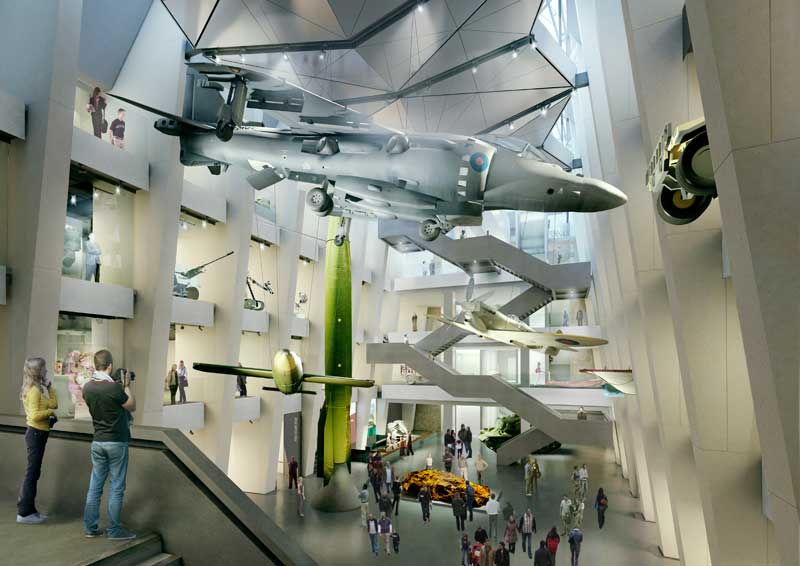
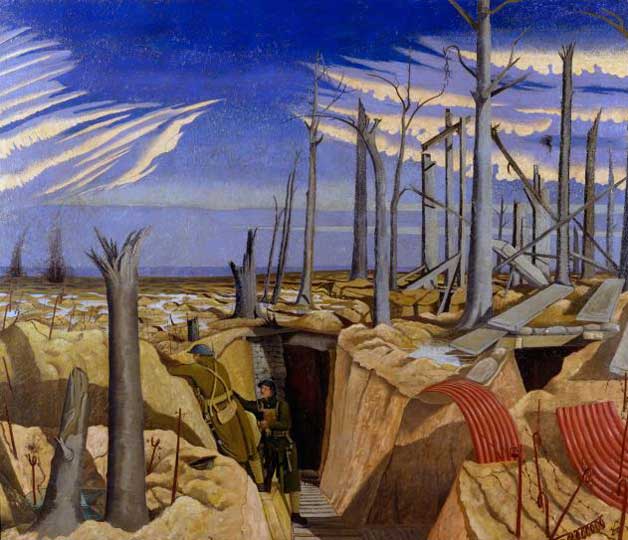
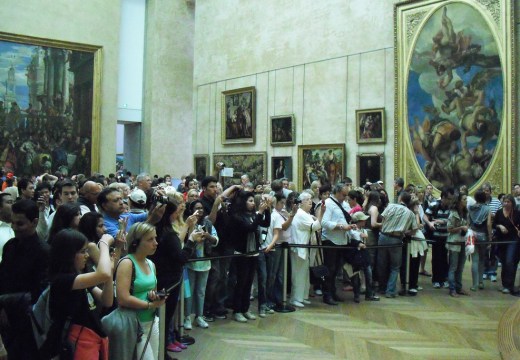
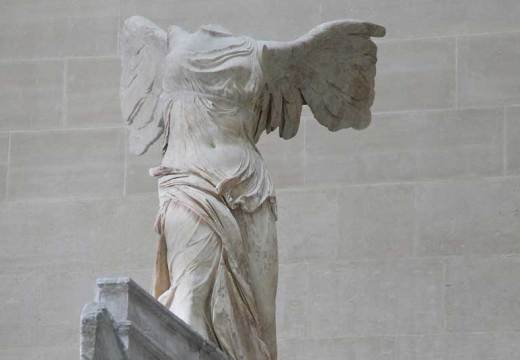
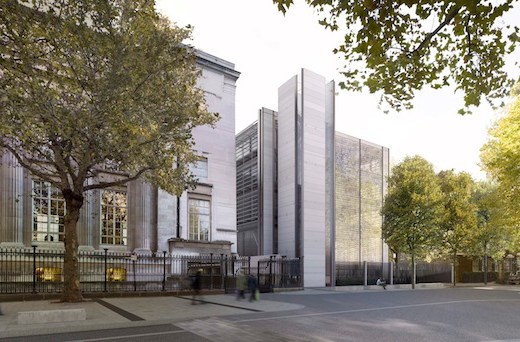









![Masterpiece [Re]discovery 2022. Photo: Ben Fisher Photography, courtesy of Masterpiece London](http://www.apollo-magazine.com/wp-content/uploads/2022/07/MPL2022_4263.jpg)
It’s time for the government of London to return to its rightful home